CS4 focuses on the desalination of urban wastewater (Urban-Mining). At the Larnaca WWTP different innovative solutions for phosphorus removal to ultra-low levels through adsorption and salts removal using filtration and evaporation technologies (potentially powered by renewable energy) are demonstrated. The treated water can be then used for irrigation or in the industrial sector. Next to water, valuable salts and phosphorus can be recovered and marketed.
The proposed process is demonstrated at pilot scale and was designed to treat an inflow of 24 m3/day (1m3/h).
BioPhree: An adsorption process that is capable to remove phosphate to ultra-low concentrations (<10ppb). The recovered phosphorus can be used in fertilizers.
Nanofiltration: A NF stage follows the phosphorus recovery stage for the removal of divalent ions as Ca and Mg salts.
Reverse Osmosis: At this stage, the monovalent ions mainly Na and Cl are separated from water resulting in two streams one of high purity water and one containing NaCl.
Multi-Effect Distillation: Evaporator (MED) and Crystallizer: More high purity water is recovered at these two processes from which is finally produced a saturated solution of NaCl or NaCl crystals.
Main challenges
The challenge for BioPhree lies in the optimization of adsorbant regeneration and re-use. This is what makes BioPhree cost-effective and sustainable.
To operate the systems with the minimum energy consumption achieving at the same time high quality water and salts with high purity.
The recovery of high purity saturated stream in NaCl or NaCl crystals after the evaporation and crystallization process for internal use at the plant in the chlorination step.





